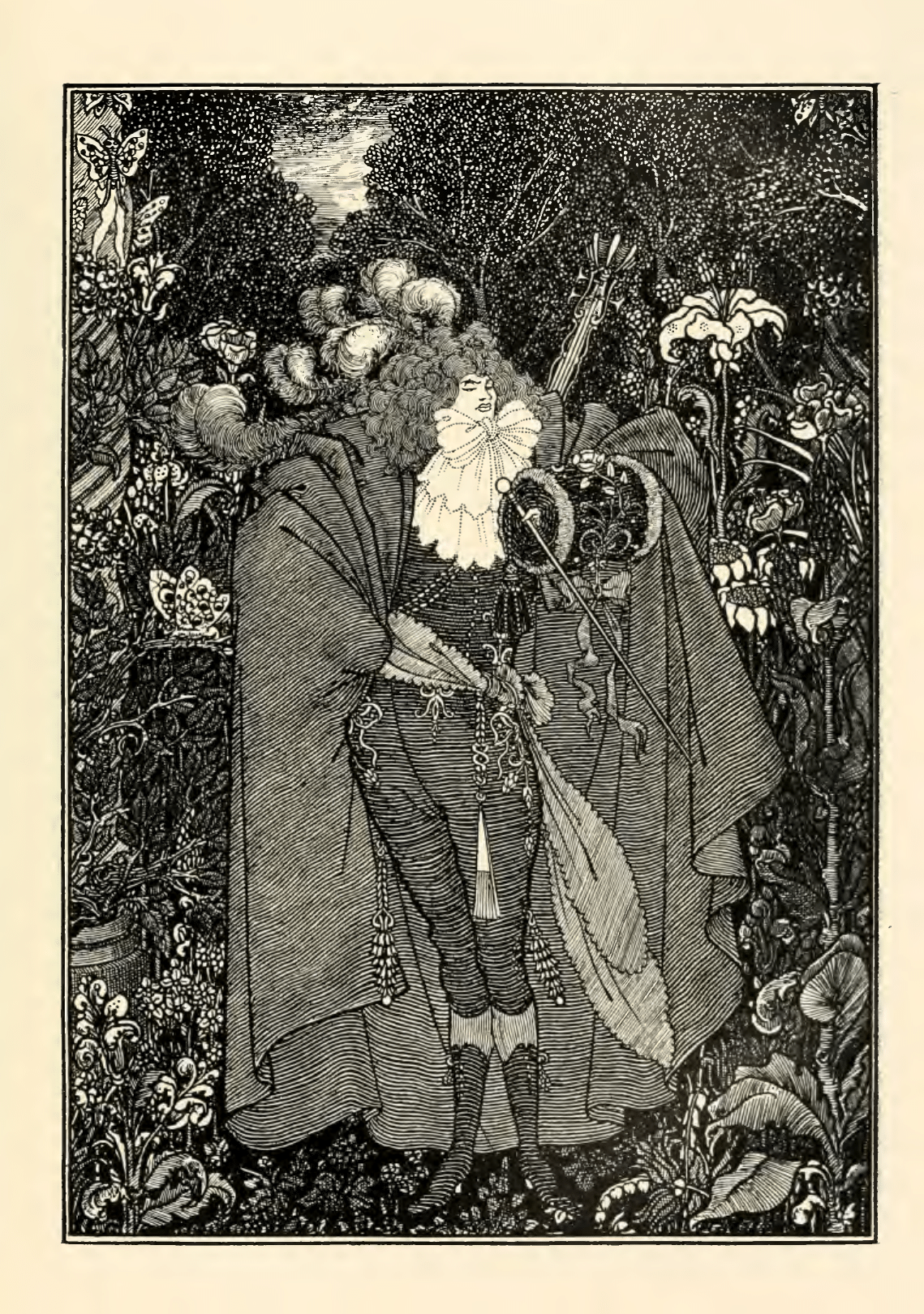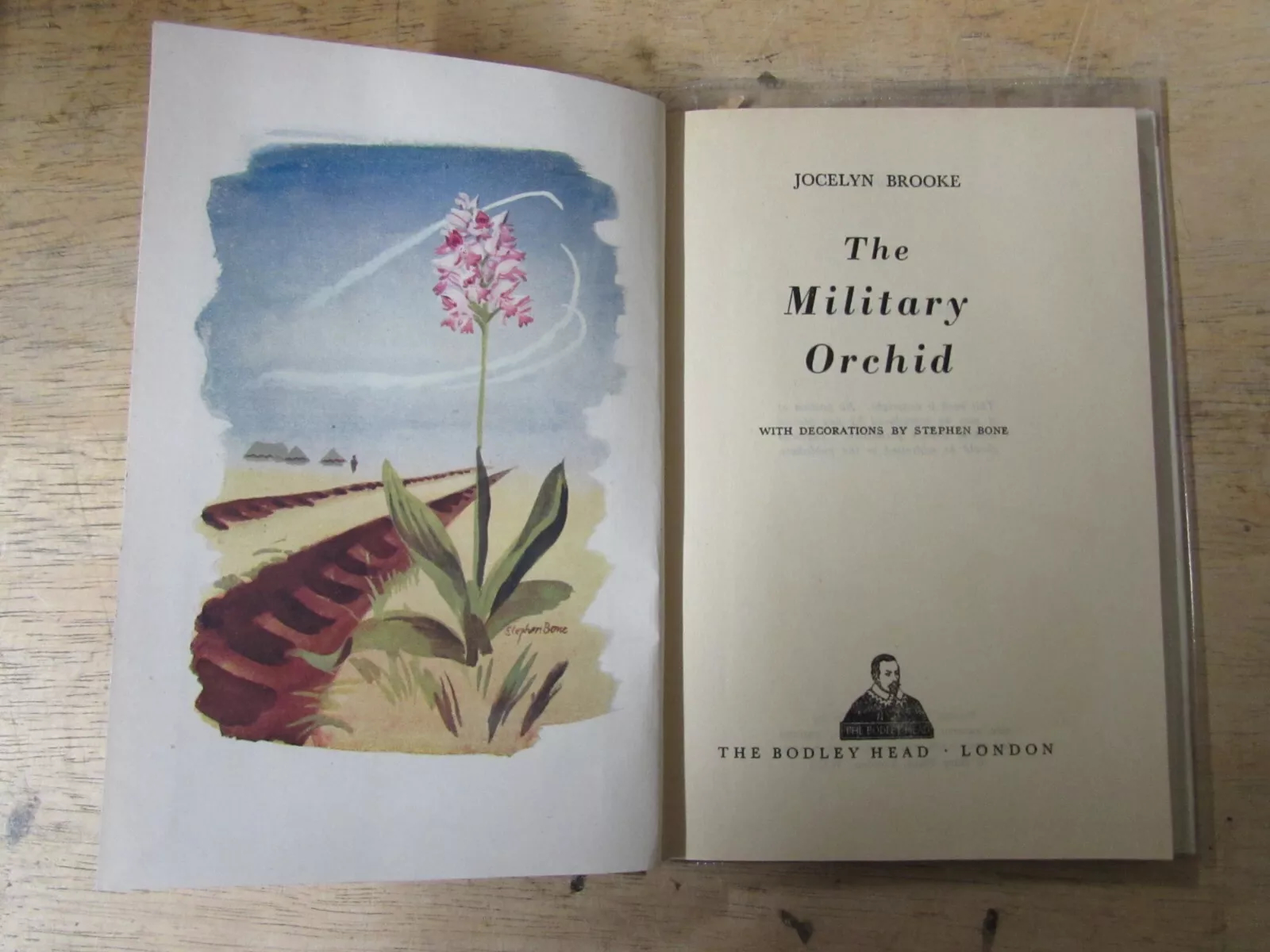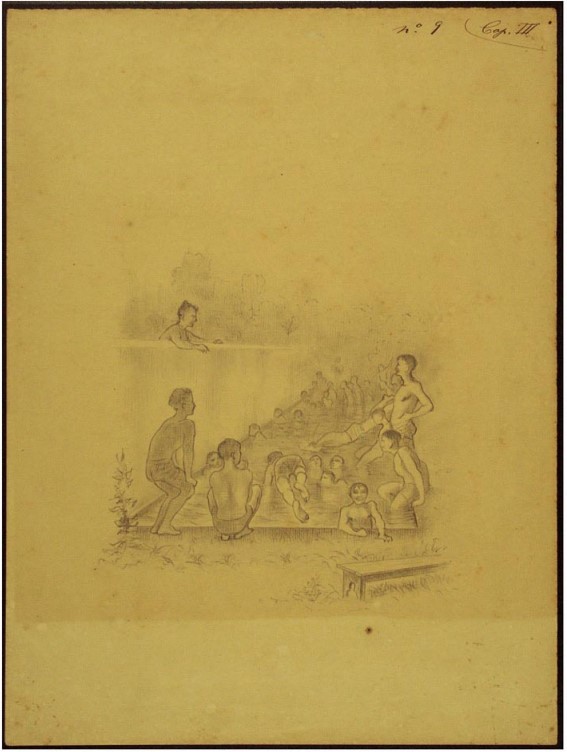
1In 1895, after his dismissal from The Yellow Book (published by John Lane and The Bodley Head), in connection with the Wilde affair, Aubrey Beardsley (1872-1898) embarked on a new periodical with writer Arthur Symons and publisher Leonard Smithers entitled The Savoy (1896Smithers, Leonard (dir.). The Savoy, an Illustrated Quarterly, Leonard Smithers publisher, 1896.). Fascinated by the art of writing throughout his career, Beardsley seized the opportunity to publish periodically his first and only novel, intended as a satirical reimagining of the myth of Venus and Tannhäuser, made famous in the second half of the XIXth century by Richard Wagner’s Opera Tannhäuser. However, Beardsley honoured an agreement with Lane to publish the story in The Yellow Book: he likewise changed the name from Tannhäuser to Fanfreluche for its publication in The Savoy.
2As an illustrator, Beardsley incorporated six drawings into the text. “The Abbé” is the first drawing in this version of the novel. Although The Savoy is described as an “illustrated quarterly”, the drawings are not mere illustrations; they also convey the meaning of the story and reflect the ambiguous and aesthetic universe imagined by the author.
An Abbé as a Dandy
3While the story of Fanfreluche in the Mount of Venus morality appear either as a fantasy or as a libertine novel, it must also be considered that Under the Hill is a profoundly intimate work, conceived as a reaction to Victorian morality (1904Beardsley, Aubrey. Under the Hill, The Bodley Head, 1904.). Indeed, the main character is, in many ways, inspired by the author himself. From the very first words of the novel, he is introduced as “The Abbé Fanfreluche” (1896, p.156Beardsley, Aubrey. “Under the Hill,” dans The Savoy, Leonard Smithers publisher, 1896.). If his title may refer to the function as a sign of his future devotion to Venus, the goddess of love, or as a sign of apostasy from the Christian faith. In that case, the particular choice of the French noun must be compared to the author’s initials and the signature of the artist who was a Francophile reader: A. B. The French pronunciation of these letters, “A-B”, is homophonic with that of the French word “Abbé”.
4There is an apparent confusion between Aubrey Beardsley and this “Abbé Fanfreluche”. Both chose to leave the social world, shunning the rigours of Victorian education and upbringing, to “slip into exile” (1896, p.156Beardsley, Aubrey. “Under the Hill,” dans The Savoy, Leonard Smithers publisher, 1896.), in the imaginary realm — a world of eroticism, grotesque, beauty, and aestheticism. Thus, the Venusberg (the Mount of Venus) could be seen as an anti-Victorian world, governed by new conventions of licentiousness and aestheticism. The drawing “The Abbé” represents the moment when the character is about to enter this new underworld. While the title refers to Aubrey Beardsley, it is not a self-portrait. The Abbé Fanfreluche is depicted as a dandy with panache: a lute at his back, a large wig, and a ruff surrounding the thin lines of his face. He wears a large coat and an elegant sash, signifying the nobility of this character. In addition, his posture and his cane may evoke James McNeill Whistler’s portrait of Comte Robert de Montesquiou-Fézensac as suggested by Linda Getler Zatlin (2016, p. 256Gertner Zatlin, Linda. Aubrey Beardsley: A Catalogue Raisonné, II, Yale University Press, 2016.). On the other hand, the fan, the bow and the muff are traditionally feminine attributes in the pictorial tradition. This foppish attire also recalls the meaning of the French name Fanfreluche.
A Scenery Veiled in Eroticism
5This first drawing introduces the exploration of sexual and gender fluidity Flower Power elaborated in the
novel. The scenery, for its part, anticipates the eroticism of the
Venusberg. Given the Victorian censorship, Beardsley elaborates a
metaphorical description of sensuality. In his novel he describes how, while playing the lute, Fanfeluche opens and awakens the Venusberg’s portal with sensual pleasure:
elaborated in the
novel. The scenery, for its part, anticipates the eroticism of the
Venusberg. Given the Victorian censorship, Beardsley elaborates a
metaphorical description of sensuality. In his novel he describes how, while playing the lute, Fanfeluche opens and awakens the Venusberg’s portal with sensual pleasure:
Softly across the spell-bound threshold the song floated and wreathed itself about the subtle columns, till the moths were touched with passion and moved quaintly in their sleep. One of them was awakened by the intenser notes of the Abbé\’s lute-strings, and fluttered into the cave. Fanfreluche felt it was his cue for entry (1896, p. 159Beardsley, Aubrey. “Under the Hill,” dans The Savoy, Leonard Smithers publisher, 1896.).
6In a sense, The Abbé is an illustration of this scene because the columns of the Venusberg’s entrance, the moths and the “strange flowers” (1896, p. 156Beardsley, Aubrey. “Under the Hill,” dans The Savoy, Leonard Smithers publisher, 1896.) are all represented. However, these elements coincide in the drawing to highlight Fanfreluche’s erotic initiation.
7The flowers, like the one above Fanfreluche’s left elbow, and more
specifically the other one in the bottom right corner, could symbolise
feminine desire or the female sex as in Le Roman de la rose, one of
Beardsley’s favourite books, as well as in the more recent Parsifal by
Wagner with its flower maidens. The moth next to Fanfreluche’s right
elbow, on the other hand, leads the spectator’s gaze towards the column and a second moth merged with the image of a naked body, in the top left corner. This particular combination of a moth-maiden on the column clearly signifies the sexual symbolism of the scenery Raul Pompeia et l’illustration débordante . Furthermore, it directs the viewer’s attention to the opening of the sky amid a dense vegetation, signifying this erotic place, or a farewell to the normal world: "Adieu", he exclaimed with an inclusive gesture, and "good-bye, Madonna", as the cold circle of the moon began to show, “beautiful and full of enchantments” (1896, p.159Beardsley, Aubrey. “Under the Hill,” dans The Savoy, Leonard Smithers publisher, 1896.).
. Furthermore, it directs the viewer’s attention to the opening of the sky amid a dense vegetation, signifying this erotic place, or a farewell to the normal world: "Adieu", he exclaimed with an inclusive gesture, and "good-bye, Madonna", as the cold circle of the moon began to show, “beautiful and full of enchantments” (1896, p.159Beardsley, Aubrey. “Under the Hill,” dans The Savoy, Leonard Smithers publisher, 1896.).
A Portal Towards a New Initiation for Both Character and Reader
8The Abbé enables the viewer to decipher the symbols of the novel, since an experienced reader can understand them, and accentuates the interpretation of this place or moment of initiation. Compared to unpublished scenes and chapters of the novel which were suppressed due to their ribaldry and the violent provocation of Victorian morality, this drawing depicts what English education suppressed at the time: the idea of sensuality and pleasure in love. Thus, this drawing is less bawdy than a modern reader might assume. With Fanfreluche, the reader passes through this initiation portal and follows the moth as Faust and Mephistopheles, in Goethe’s Faust, following the will-o’-the-wisp in “Walpurgis Night” to be initiated into occult knowledge. “The Abbé” not only introduces the reader to gender ambiguity through the depiction of Fanfreluche, but, above all, to metaphorical language and signs that enable the reader to understand the rest of this particular work conceived as an anti-manual of Victorian education, both through the images and the text.
References
- Beardsley, Aubrey. “Under the Hill,” dans The Savoy, Leonard Smithers publisher, 1896.
- Beardsley, Aubrey. The Story of Venus and Tannhauser, Wordsworth Classics, 1995.
- Beardsley, Aubrey. Under the Hill, The Bodley Head, 1904.
- Gertner Zatlin, Linda. Aubrey Beardsley: A Catalogue Raisonné, II, Yale University Press, 2016.
- Smithers, Leonard (dir.). The Savoy, an Illustrated Quarterly, Leonard Smithers publisher, 1896.
- Snodgrass, Chris. Aubrey Beardsley, Dandy of the Grotesque, Oxford University Press, 1995. https://doi.org/10.1093/oso/9780195090628.001.0001.